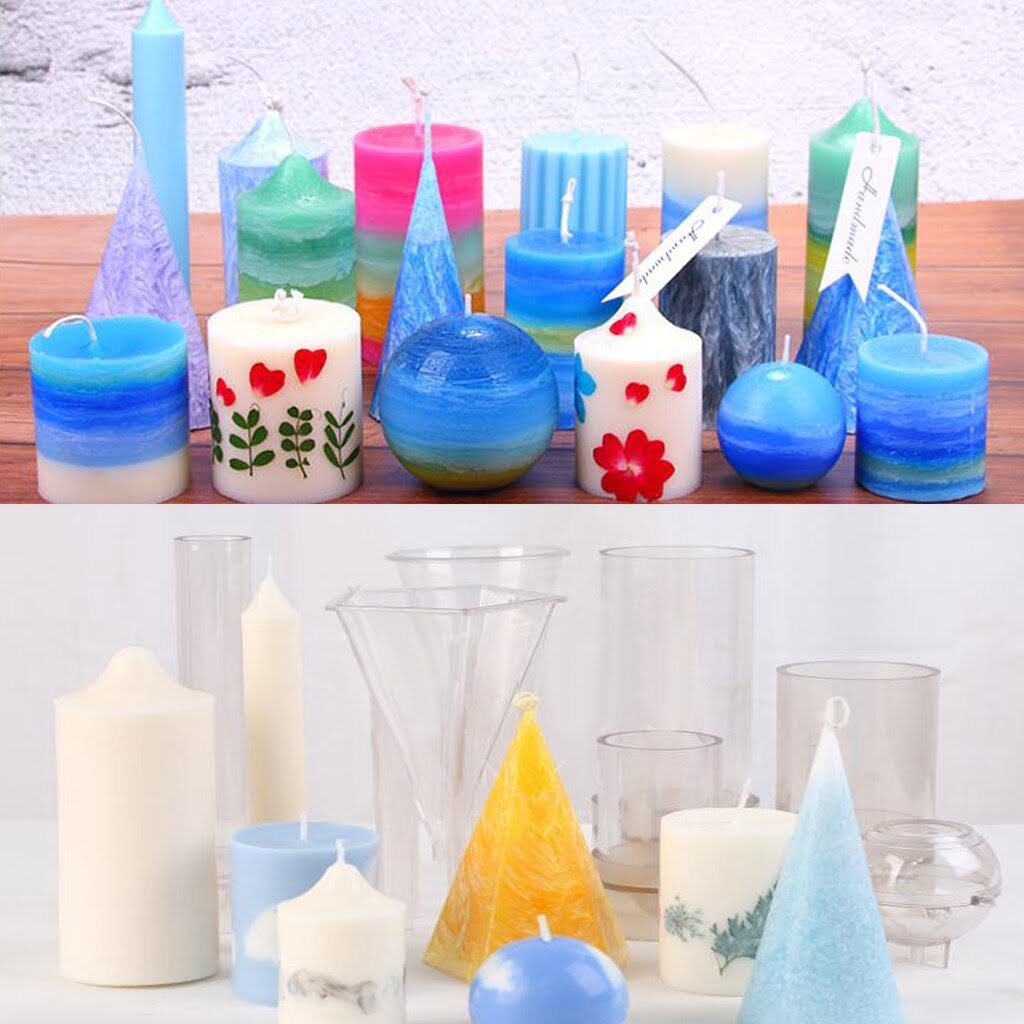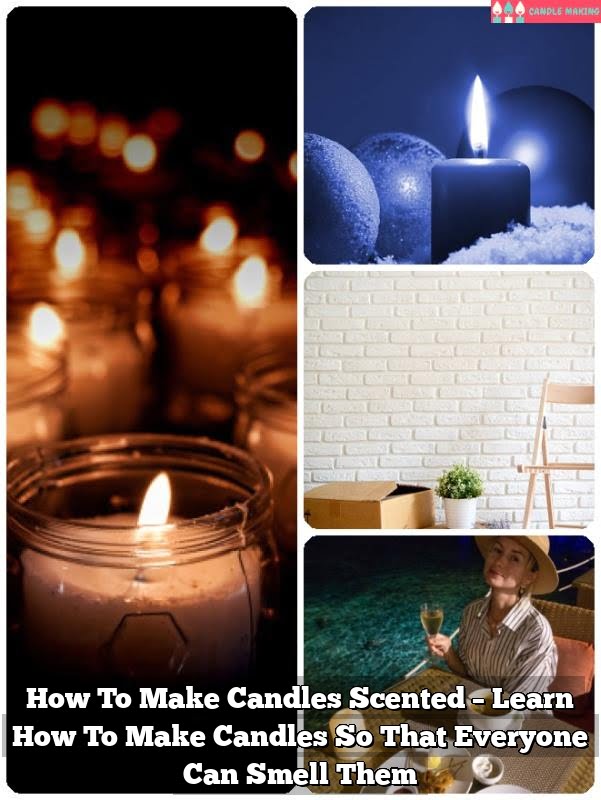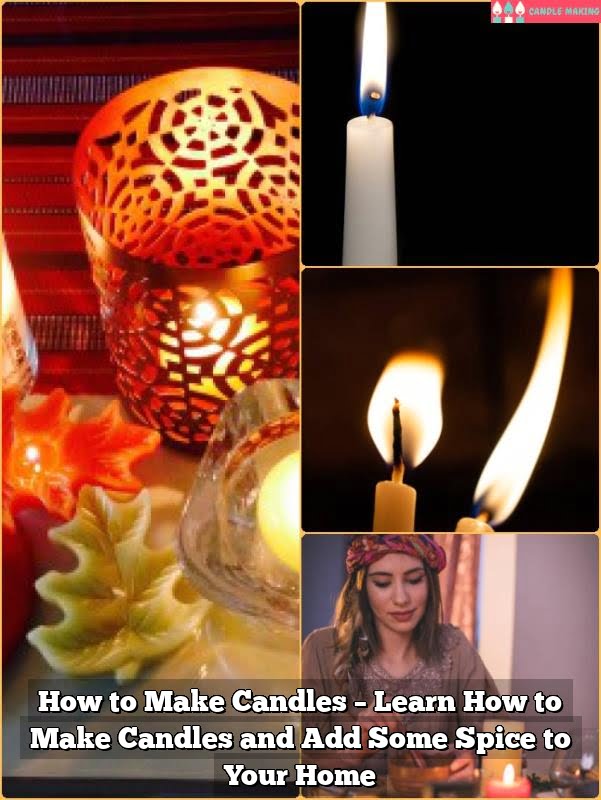Introduction
Benefits of Having the Best Candles:
1. Good ambience: Quality candles can create an inviting atmosphere and provide an added layer of warmth and comfort to any room.
2. Aromatherapy: Natural scented candles can be used as a form of aromatherapy, offering therapeutic effects that de-stress the body and calm the mind.
3. Additional light: Candles are great for small spaces where additional light might be needed or in times with no power supply, such as during a large storm or blackout.
4. Refreshment: Some quality candles come with essential oils or other fragrant ingredients, giving off a refreshing aroma in your room.
5. Decorative purpose: Candles come in interesting shapes, sizes, and colors adding up to the overall aesthetic appeal of your living space.
The Basic Materials
When it comes to making the best candles, wax is a critical ingredient. Different types of waxes create unique results and as such it’s important to identify which type of wax works best for your candle-making projects. There are three main types of wax used today in candle making: paraffin, soy, and beeswax.
Paraffin wax is made from petroleum and one of the most common types used for candle making because it’s widely available and cost effective. It has good burning properties and produces low amounts of soot when burned. The downside to paraffin wax is that it emits potentially hazardous chemicals such as hydrocarbons into the air while burning.
Soy wax is a more eco-friendly option than paraffin because it’s biodegradable and doesn’t release harmful toxins into the air when burning. Soy candles generally have a softer texture which can result in uneven burn times. Additionally, soy was tends to discolor faster than other types of wax, though scent throw can be stronger than paraffin in some cases.
Beeswax is another popular wax suitable for candle-making as it holds great scent, lasts a long time when burning, and drips less due to its higher melting point compared to other types of waxes . Some drawbacks include increased initial cost since quality beeswax usually takes more time to produce; furthermore, since beeswax has such a strong odor itself, unscentedbeeswax candles may still be noticeable scented due to the natural properties present in the material once melted down for candle making purposes .
Directions
Step 7: Storing and Checking Your Candles
Once you’ve made your candles, it is important to store them in a cool, dark place away from direct sunlight. It’s also a good idea to keep them away from humidity and moisture. Check your finished candles periodically for any damage that may have occurred during storage. Finally, light each candle and watch the flame closely. If the wick produces a lot of smoke or if the flame appears too big or out of control, blow out the candle and check the wick length to make sure it is not too long. Trim it until you achieve a desirable size flame that won’t produce too much smoke.
Troubleshooting
Clean up any mess that you may have made while making your candles as soon as possible. Use a damp sponge or cloth to gently remove wax from surfaces, being careful not to spread it around. Avoid using chemicals or solvents to clean wax off of furniture, countertops, and other fabric surfaces. If you need to remove wax that has since hardened, place an ice cube directly on top of it – the cold will loosen the grip of the candle wax, making it easier for you to scrape off with a butter knife or plastic card.
Finishing Touches
Finishing touches can be a great way to make the best candles stand out from the rest. These unique features can help give your candles a professional and highly personalized feel. Here are some examples of things you can add to your candles for finishing touches:
• Decorative accents like colorful ribbons, dried flowers, twine, or leaves
• Custom labels with print or logo designs
• Essential oils for an aromatic scent
• Glitter, sequins, or confetti for a sparkly effect
• Dye chips for creating multi-colored candles
• Hang tags to easily identify your brand
• Spray stains to create an aged or rustic look
• Unique gift boxes and packaging to match your customized theme
Conclusion
When making candles, it is important to take consideration of safety and proper practices when working with materials. This includes things like avoiding skin contact with melted wax, never leaving a candle burning unattended, keeping combustible materials away from open flames, and using a wick trimmer to manage wax pool size and wick lengths. Burning candles in an area that is well-ventilated can also help prevent buildup of fumes. Additionally, you may want to consider ways of reinforcing the container such as utilizing heat resistant tape for mason jars or running a bead of wax around the jar’s lip before placing the lid on top. By ensuring proper safety precautions are taken and taking care when creating these works of art you can ensure the best results when making candles!

Welcome to my candle making blog! In this blog, I will be sharing my tips and tricks for making candles. I will also be sharing some of my favorite recipes.





